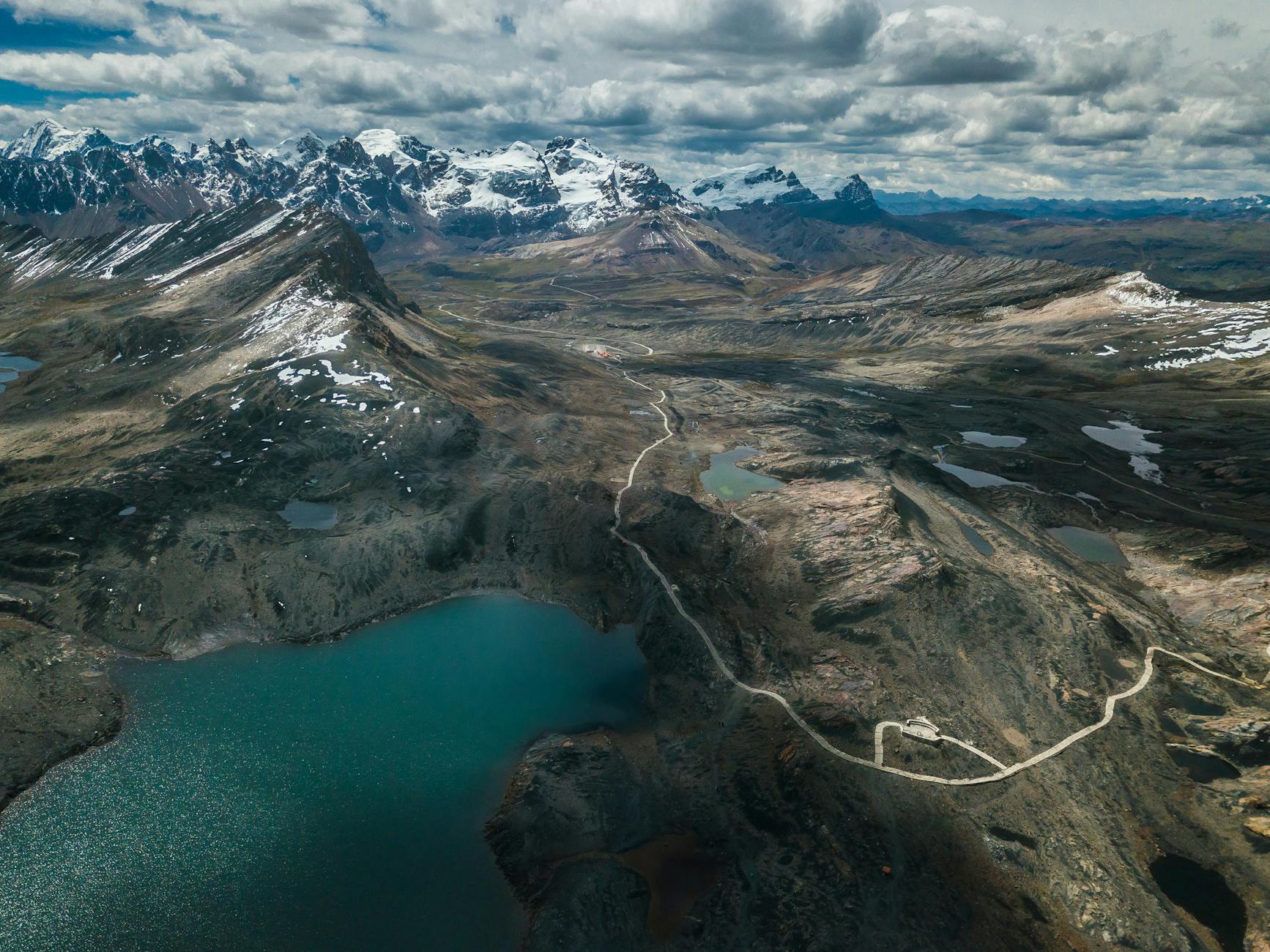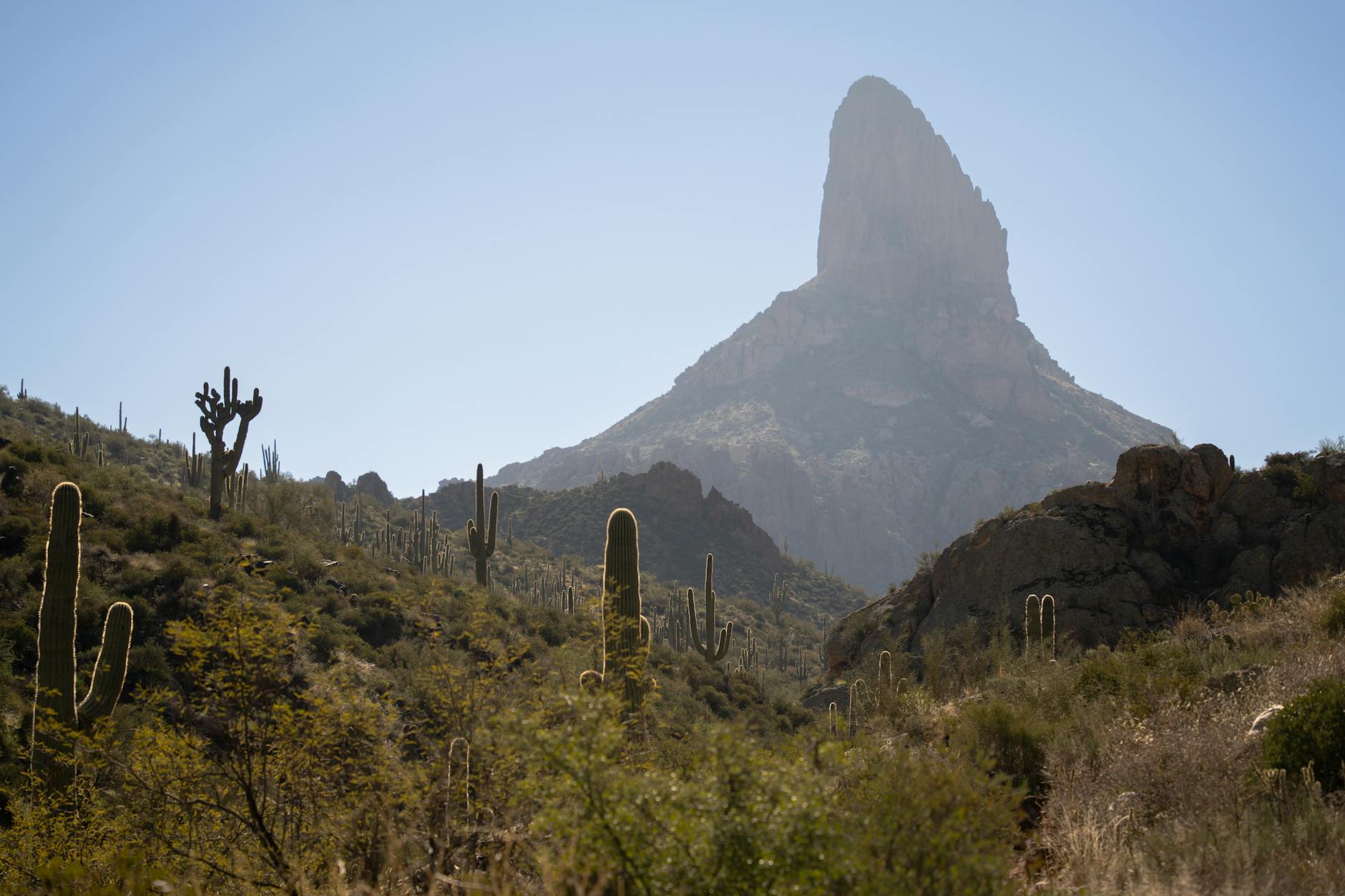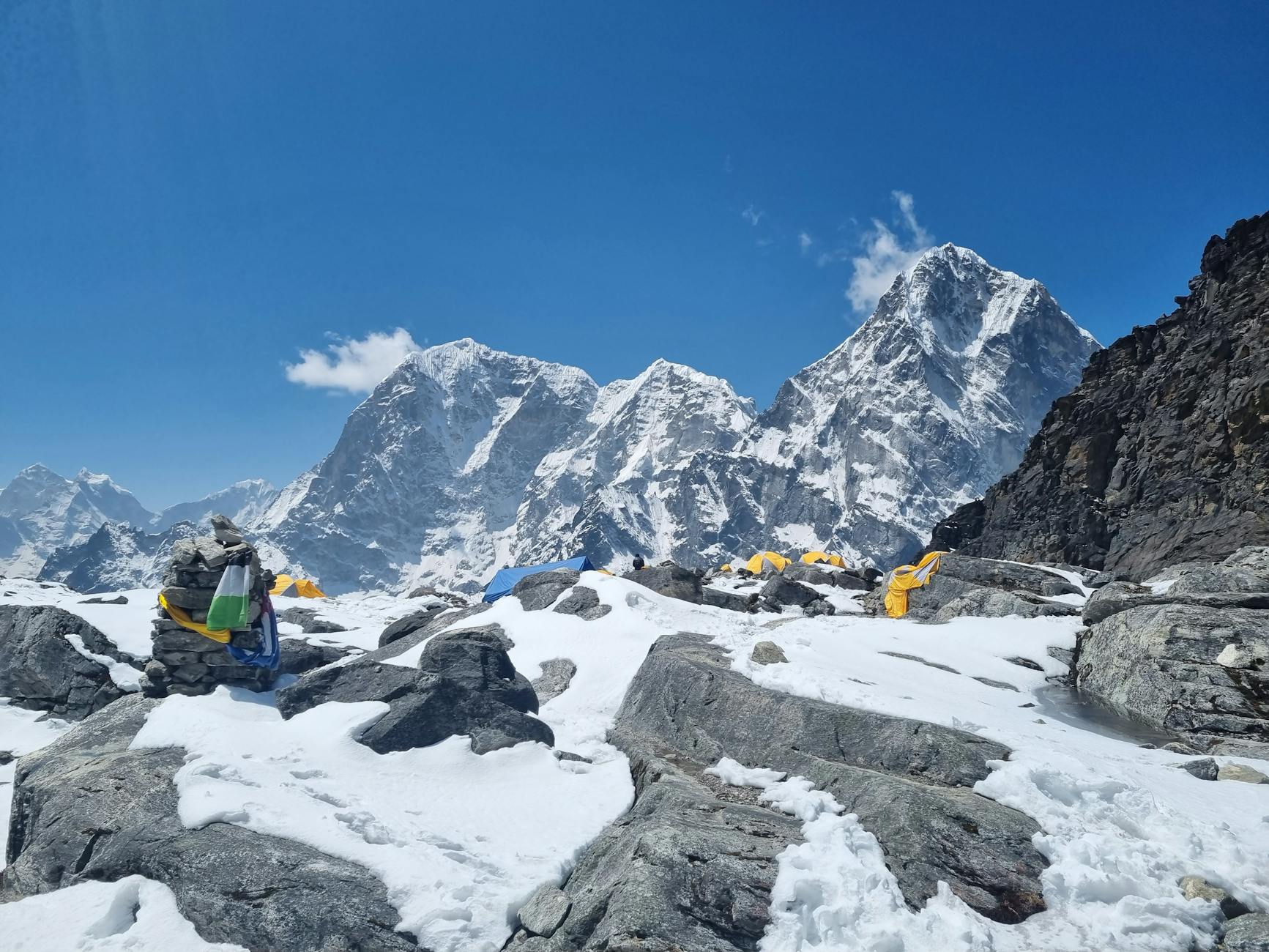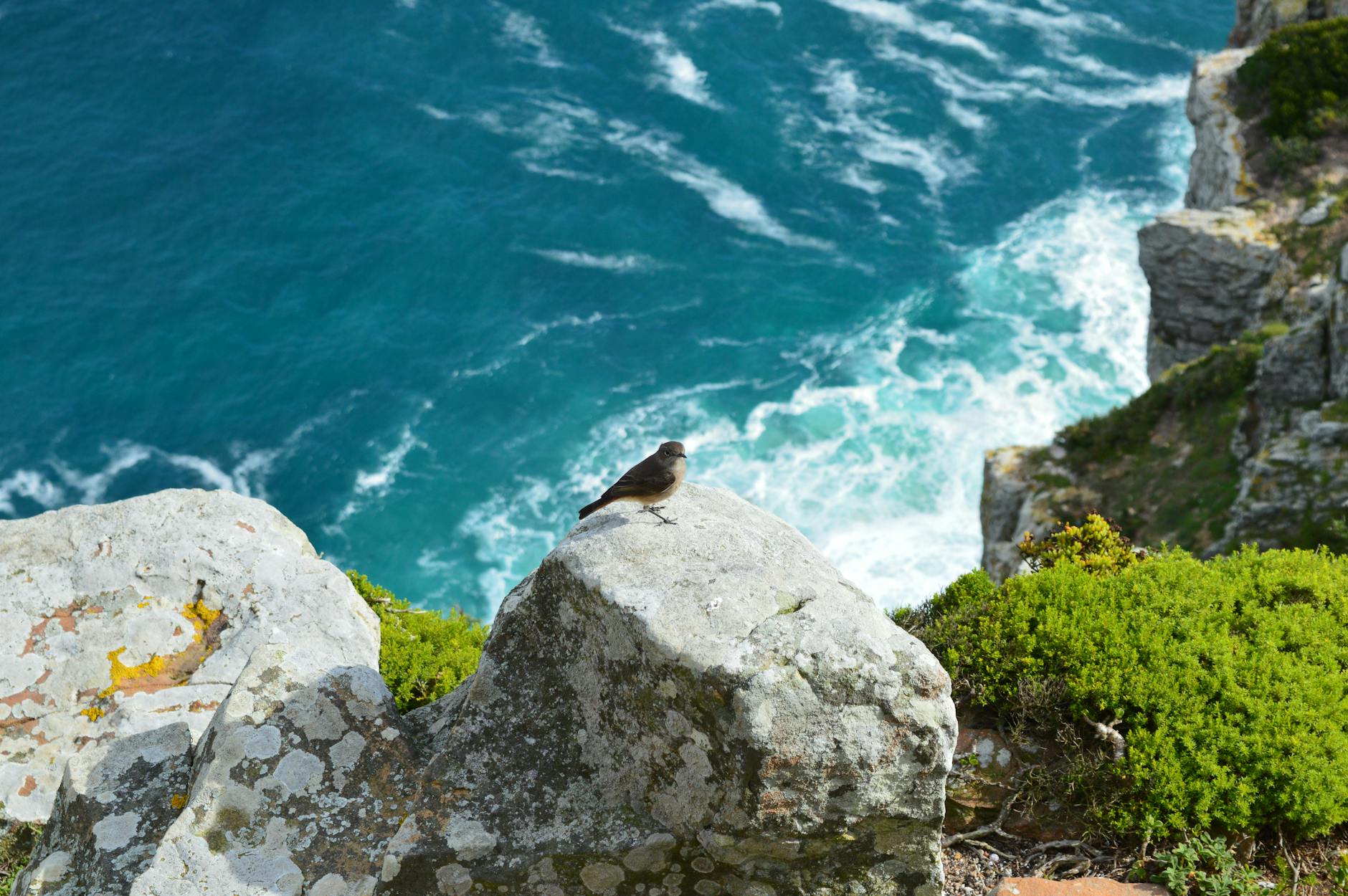How to Enhance Your Photography Skills in Australia's Natural Habitats

Exploring Australia's Natural Habitats
As a passionate "travel storyteller" from Perth, the magic of Australia’s natural habitats never ceases to amaze me. Living amidst places as stunning as the Kings Park and Botanic Garden, I often find myself drawn to the vibrant spectrum of wildlife and landscapes that our beautiful country offers. If you're someone who delights in the call of the wild and seeks enriching outdoor adventures, then Australia has no shortage of iconic spots waiting to be explored. From African safari experiences where the raw essence of nature captivates your senses, to South Africa tours that unveil a diverse mix of fauna, the opportunities are endless.
Iconic Wildlife Spots
Australia’s revered wildlife is among the most fascinating globally, thanks to its unique ecosystem. The Great Barrier Reef is a staggering underwater spectacle, presenting a kaleidoscope of marine life. Similarly, the Daintree Rainforest, though a forest rather than a reef, equally enchants with its ancient flora and curious wildlife.
Diverse Ecosystems to Visit
Imagine tracing the arid mysteries of the Australian Outback, where vast stretches of red earth reveal deep stories of indigenous cultures. Then switch gears by visiting the lush expanses of the Alpine regions, each painting a vastly different ecological portrait. Exploring these regions lets you weave your own tales and see ecosystems diverse enough to rival even Arctic cruises.
Protected Areas for Photography
Protected areas like Kakadu National Park offer perfect settings for photography. The park encapsulates a living cultural landscape, presenting a dramatic backdrop from wetlands to rugged cliffs. When photographing such pristine environments, ensure you respect the delicate balance of these habitats. Keep in mind that a single photo not only captures a moment but also holds the narrative of the land.
Essential Photography Gear for Outdoor Adventures
Choosing the right camera and lens is crucial when setting out to capture breathtaking nature scenes. If you aim for detailed wildlife shots, a DSLR or mirrorless camera with a telephoto lens is essential. These cameras provide flexibility in varying light conditions and ensure crystal-clear images. For landscapes, a wide-angle lens can capture expansive vistas, reminiscent of Rottnest Island's sweeping views.
While the camera is the star, accessories enhance your photography experience. A sturdy tripod is a must for stable shots, especially in low light. Consider investing in a polarizing filter to reduce glare and enhance colour saturation, bringing your images to life. Also, a lightweight backpack designed for camera gear will keep your equipment secure and accessible.
When preparing for a photography expedition, it's important to be strategic about packing. Consider using modular storage systems in your bag to keep your gear organised. Prioritise a weather-resistant cover to protect against unexpected rainstorms. And remember to pack extra batteries and memory cards to avoid missing that perfect shot.
Traveling for photography isn't just about the destination; it's about being prepared with the right gear. Capturing awe-inspiring moments on Africa tours or during a gorilla trekking Rwanda adventure requires understanding what tools will help you seize the moment. Trim down your gear to essentials, consider practical accessories, and pack with purpose. All of these ensure you're ready for any photographic opportunity that comes your way.
Techniques for Capturing Landscapes
Capturing breathtaking landscapes requires a blend of artistic vision and technical skill. Understanding how to frame your shot is essential. Think about foreground elements like rocks or trees to add depth to your photos. This technique can create a more immersive experience, transporting the viewer into the scene much like you might feel standing on the edge of Fremantle's coastline.
Lighting can vastly transform a landscape, either creating dramatic shadows or illuminating vibrant colours. The time of day you choose to photograph makes all the difference. Early morning and late afternoon, when the sunlight is softer, are often considered the best times to shoot landscapes. However, on overcast days, the diffused light can reveal details in both the shadows and highlights, making it ideal for photographing lush greenery, much like the woods you'd find when on a gorilla trekking Uganda expedition.
Post-processing, while it may seem daunting, is your ally in enhancing the natural beauty of your shots. Simple tweaks in contrast and saturation can bring out the azure blues of the sky or the emerald greens of a rainforest. Yet, remember to retain authenticity; nature’s palette is already vibrant enough. Editing should be subtle to ensure you don’t lose the integrity of the original environment, similar to the majestic scenes one would experience during a Victoria Falls safari.
Utilising these techniques can greatly enhance your landscape photography, allowing you to capture and share the awe-inspiring beauty of the world just as it appears before your eyes.
Ethical Photography Practices
Respecting Wildlife and Habitat
As a travel storyteller, my adventures have taken me from Fremantle's coastline to the lush landscapes of South America. Along the way, I've learned that ethical photography often begins with respecting the local environment and its inhabitants. Whether I'm snapping shots of the glorious landscapes during Patagonia tours or capturing the vibrant wildlife on South America tours, the first rule is to maintain a respectful distance. Avoid disrupting the natural behaviour of animals or damaging flora. This conscious practice not only preserves the ecosystem but also results in more authentic and insightful images.
Minimizing Environmental Impact
Shooting responsibly also means considering the broader ecological footprint. You might think about how travel choices impact the environment, similar to how I weigh visiting the serene, untouched spots in Kangaroo Island or taking a short trip to Rottnest Island, where choices like group tours or eco-friendly accommodations can help minimise harm. Use biodegradable products, stick to marked trails, and carry reusable containers to reduce waste. These small steps make a significant difference in areas struggling with over-tourism.
Responsible Sharing of Images
Once the camera clicks have ceased, the journey isn't quite over. Sharing images online in a responsible manner is another layer of ethical practice. A powerful photo can inspire wanderlust, but it's vital to include accurate captions and context to educate others about the locations and species featured. Like the local charm of Kings Park and Botanic Garden, where the magic lies as much in the story as in the shots themselves, photographs should inspire others to appreciate and protect these precious places.
Avoid Common Photography Mistakes
The Weather's Wily Ways
The allure of Australia's breathtaking landscapes can often lead one to forget the ever-changing weather conditions. Whether you're capturing a sunrise over Rottnest Island or trekking through the lush expanse of Kings Park and Botanic Garden, the weather can shift rapidly. Always pack versatile gear – a water-resistant camera cover, layered clothing, and a weather app on your phone can be lifesavers. This preparation ensures you can adapt to unexpected changes without missing a perfect shot.
Terrain Trials and Tribulations
Venturing into the rugged terrains around Fremantle's coastline or the sprawling outback presents its own set of challenges. It's easy to underestimate the ruggedness of these terrains. To tackle them, invest in sturdy footwear and a reliable backpack to carry essentials. Research maps and trails beforehand, and perhaps even chat with locals or fellow adventurers about what to expect. This way, the unpredictable elements of the terrain won't catch you off guard and will lead to rewarding experiences amidst Australia's natural wonders.
Navigating Local Guidelines
Capturing the grandeur of Australia’s wilderness, from the iconic wildlife spots to secluded beaches, often requires adhering to strict local guidelines and permits. It might be tempting to pursue the perfect shot by venturing off the designated paths, but respecting these rules is vital. Not only does it preserve the ecosystem, but it also ensures your safety. Familiarise yourself with local regulations before your trip, as this attention to detail can empower you to focus on your creative craft without any interruptions.


